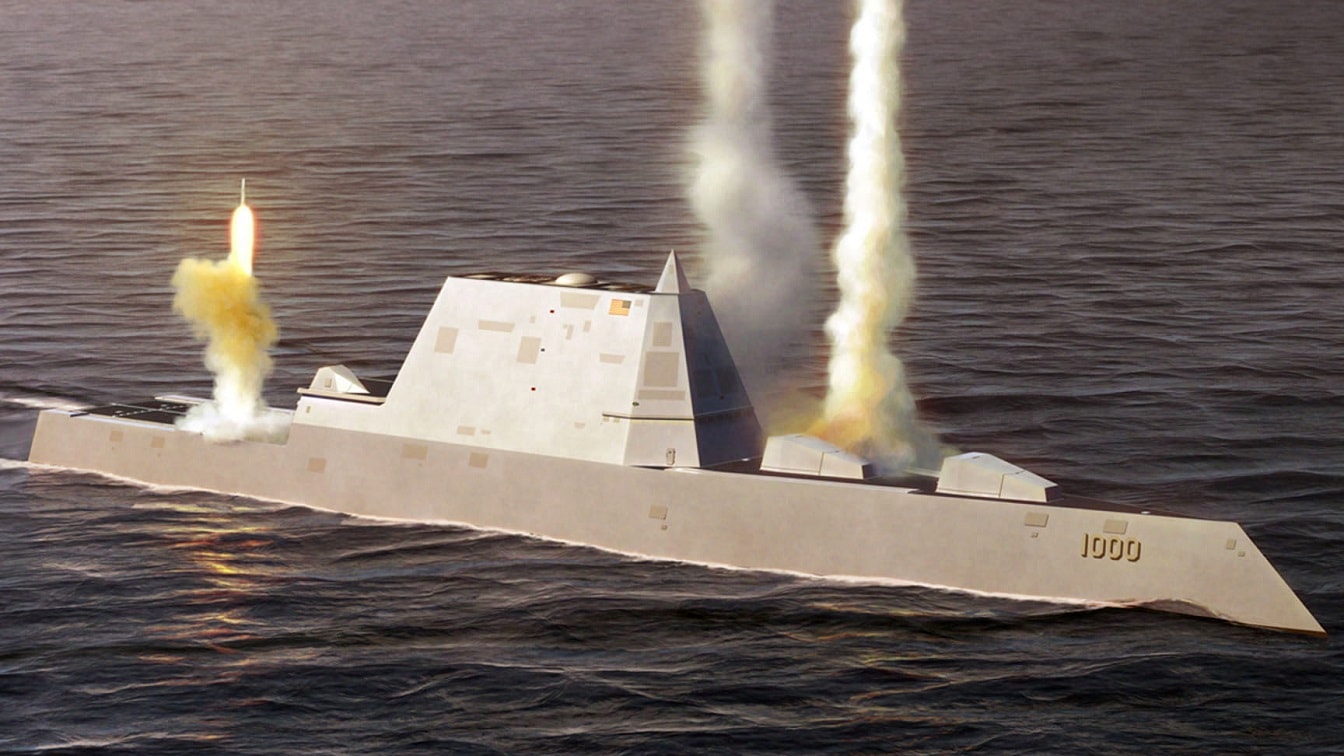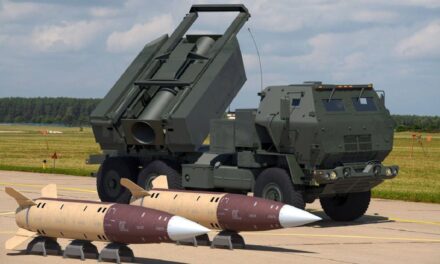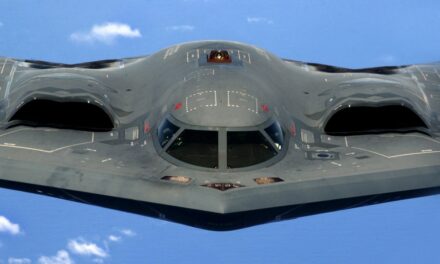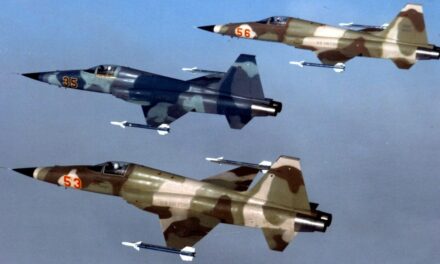We support our Publishers and Content Creators. You can view this story on their website by CLICKING HERE.
Key Points: The Zumwalt-class guided missile destroyers were envisioned as next-generation naval marvels with advanced stealth, radar, and weaponry. Originally planned at 32 ships, the program was reduced to just three due to soaring costs and technical limitations.
-These 600-foot-long destroyers were designed for precision land attack, submarine detection, and missile defense but were hindered by the failure of the Advanced Gun System and exorbitant costs per hull.
-If all 32 had been built, they could have significantly enhanced land warfare, naval firepower, and carrier strike group defense. Instead, their failure serves as a cautionary tale for future naval programs.
What If 32 Zumwalt-class Guided Missile Destroyers Have Been Built?
They are one of the most distinct-looking ships in the U.S. Navy. The next-generation Zumwalt-class is also one of history’s most expensive destroyer programs. The overall costs were an eye-watering $24.5 billion. The Navy planned to build 32 guided missile warships, but only three were produced.
The Zumwalt-class, the largest destroyers in the world at 600 feet long, were designed to replace the Oliver Hazard Perry-class frigates and Spruance-class destroyers.
Stealth for All the Right Reasons
The Zumwalt-class was made to be stealthy. The “tumblehome” hull was believed to have a lower radar cross-section like that of a much smaller vessel since the hull sloped inward from the waterline instead of having the typical hull that most warships have. The hull is said to “pierce” waves.
How Was Radar Absorption Accomplished?
The Zumwalt-class is “fully electromagnetic compatibility-shielded with reduced infrared and radar signatures. Measures to fulfill these conditions include an all-composite superstructure, low-signature electronically steered arrays, an integrated multifunction mast, and low radar and infrared signatures, according to Naval-Technology.com.
There are three ships in the class: the USS Zumwalt, the USS Michael Monsoor, and the USS Lyndon B. Johnson. Production of the flagship Zumwalt started in 2009, and it hit the water in 2013.
Modern Power Systems, Radar, and Guns
Zumwalts has an Integrated Power System. This efficiently powers the ship and offers optimum control of the fire system and turbines in an “all-electric” mode. The top speed is 30 knots.
The multi-function radar has an improved ability to track targets in a multi-threat environment and to spot the enemy on land. Zumwalts are known for their unique Advanced Gun System (AGS). Two 155mm AGS guns are on board, and they fire Long-Range Land Attack Projectiles (LRLAP) that have a range of 63 nautical miles.
Zumwalt-Class. Image Credit: Creative Commons.
The Zumwalts Are Flying Computers
The ships have a central processor computer that controls most aspects of the vessel, including “the ship’s lights and machinery control to its radars and weapon systems.”
Overmatching Enemy Submarines
The Zumwalt excels in underwater warfare. The vessels have two sonar arrays at two different frequencies to better sniff out enemy submarines and avoid torpedoes and sea mines.
Missile-launching Marvel
There is also the MK57 Vertical Launching System that can engage targets in the air, sea, and land. This is a unique and modern peripheral launch system that can fire the Evolved Sea Sparrow Missile, the Tomahawk cruise missile, plus the VL-ASROC anti-submarine rocket.

An artist rendering of the Zumwalt class destroyer DDG 1000, a new class of multi-mission U.S. Navy surface combatant ship designed to operate as part of a joint maritime fleet, assisting Marine strike forces ashore as well as performing littoral, air and sub-surface warfare.
Just Too Expensive
The problem with the Zumwalts was the ballooning cost of more than $8 billion per hull. The Advanced Gun System also doesn’t work, and each round of ammunition costs $800,000 anyway. The Navy wants the Zumwalts to eventually fire hypersonic missiles, which is a good idea but adds to the ships’ expense. After receiving negative scrutiny from Congress, the Zumwalt-class was halted at only three hulls so the Navy could focus on more cost-effective Arleigh Burke destroyers.
In a Better World, There Could Have Been 32 Hulls
Let’s take a different look and speculate on what could have been if all 32 Zumwalts had been built. These destroyers could have made a massive difference in land warfare with a functioning Advanced Gun System, should it have worked as well as advertised. Supporting the movement of friendly forces on the ground would have made fire support in close combat much more effective.
Beat the Houthis Into Submission
The Zumwalts’ missile launch system would have given 32 ships massive firepower and could have taken on the Houthi rebels who have terrified the crews on ships sailing in the Red Sea. Could you imagine only a dozen Zumwalts taking on the Houthis? The United States, instead of making single “bloody nose” attacks, could eliminate all of the insurgent missile launchers with only a few fire missions. There would be an overwhelming amount of firepower from the Zumwalts.

(Oct. 15, 2016) The Navy’s newest and most technologically advanced warship, USS Zumwalt (DDG 1000), is moored to the pier during a commissioning ceremony at North Locust Point in Baltimore. (U.S. Navy photo by Petty Officer 1st Class Nathan Laird/Released)
Improve Aircraft Carrier Security
Thirty-two Zumwalts would have created a better destroyer screen on carrier strike groups using their unmatched undersea warfare capabilities and radar evasion. They could have snuck around the enemy to fire their long-range guns at adversarial ships. This could have reduced the anti-access area denial activity that China tries to employ against the U.S. Navy.
However, all of this was not meant to be. The Navy had grand plans for the Zumwalts, and they must go down as a failure of execution even though they were drawn up with the best intentions in mind. They were too expensive, and functionality was limited. The story of the Zumwalts should be taught at the U.S. Naval Academy and other types of training schools so the Navy can avoid repeating the mistakes of the Zumwalt program ever again.
About the Author: Dr. Brent M. Eastwood
Brent M. Eastwood, PhD, is the author of Don’t Turn Your Back On the World: a Conservative Foreign Policy and Humans, Machines, and Data: Future Trends in Warfare, plus two other books. Brent was the founder and CEO of a tech firm that predicted world events using artificial intelligence. He served as a legislative fellow for U.S. Senator Tim Scott and advised the senator on defense and foreign policy issues. He has taught at American University, George Washington University, and George Mason University. Brent is a former U.S. Army Infantry officer. He can be followed on X @BMEastwood.

 Conservative
Conservative  Search
Search Trending
Trending Current News
Current News 





